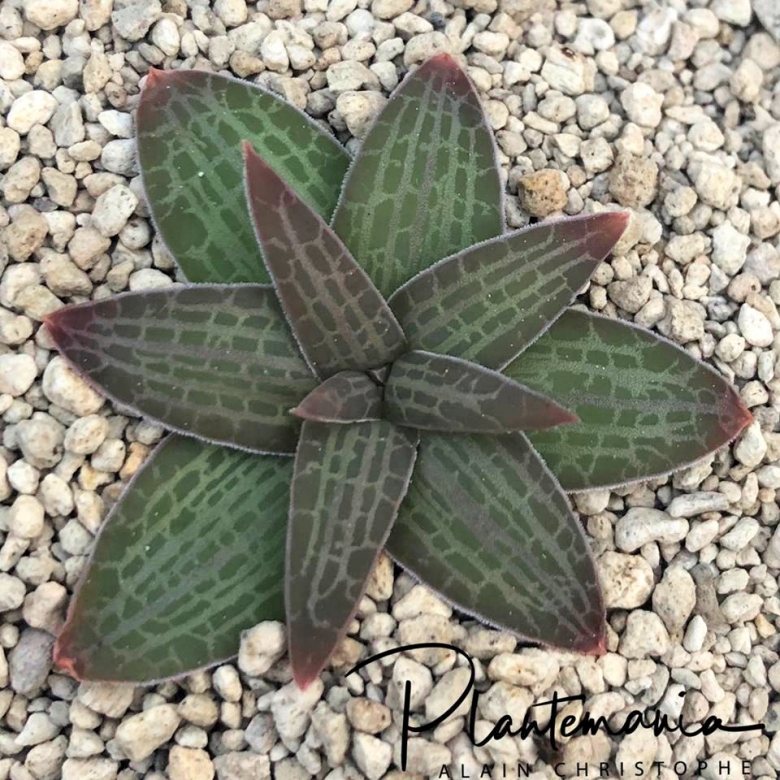
Bulbine haworthioides Photo by: © Plantemania
Origin and Habitat: Bulbine haworthioidesSN|33891]]SN|33891]] is only known from one location adjacent the Knersvlakte near Lutzville, Western Cape, South Africa.
Habitat and Ecology: Knersvlakte Quartz Vygieveld (Succulent Karoo, quartz flats). This species grows on quartz gravel on hillocks. It is potentially threatened by agriculture, collection for horticultural purposes and trampling by livestock. Due to its localised nature, this species is highly vulnerable to trampling, and collecting by succulent collectors. Any mining activities where subpopulations occur will also severely impact on this species.
Synonyms:
Description: Bulbine haworthioidesSN|33891]]SN|33891]] is a deciduous acaulescent rosulate solitary geophytes, that is small even for a bulbine, reaching a diameter of 3-4 cm and a height of 1-1.5cm. It forms a basal rosette with longitudinal striped leaves and extravagant fringing margins. B. haworthioides is unique within the genus in its peculiar and decorative foliage, which looks like a miniature Haworthia venosaSN|14464]]SN|14464]] subs. tessellata|SN|14485]].
Derivation of specific name: 'haworthioides' Greek '-oides', similar to; and for the genus Haworthia (Aloaceae).
Tuber: The light brown to yellowish-brown tubers are oblong to globose, 5- to 7-lobed to almost round in diameter, the upper and lower side are more flat. Tubers have a diameter of 1-2 cm and a height of 0.5-1.5 cm. They grow mainly above the soil surface.
Roots: Yellow, fleshy, terete.
Leaves: Dense, 8-14 (or more) in a basal rosette, deciduous. The leaves are linear-lanceolate, cymbiform, spreading. The lamina is 7-10 mm long, 2.5-3 mm mm wide, upper face flat, grey-green with longitudinal dark green stripes, lower face convex. The upstanding margins of the leaves are covered with white coloured, short hairs. The margins of the second half of the leaves are more upright than the first half; they almost touch each other. The apex is obtuse to acute.
Inflorescence: Solitary, about 10-flowered, to 15 cm tall. Peduncle wiry. Bracts 1-3 mm long, triangular to lanceolate, clasping. Pedicells 8- 2 mm long.
Flowers: Up to 15 mm long, 0, 5-10 mm apart. Tepals stellate, becoming reflexed. Outer tepals lanceolate, 5-6 mm long, 1.2-2 mm wide; inner tepals 6.5-7 mm long, 3- 4 mm wide, obtuse. Stamens 4-5 mm long. Ovary oblong-globose, 1-1.5 mm in diameter. Style erect, terete, yellow, 4-6 mm long.
Blooming season: B. haworthioides flowers in late spring and early summer.
Fruits: Globose, 3 mm in diameter.
Seeds: 1.5 mm, blackish.
Bibliography: Major references and further lectures
1) E. van Jaarsveld in: Urs Eggli “Illustrated Handbook of Succulent Plants: Monocotyledons: Monocotyledon” Springer Science & Business Media, 17 July 2001
2) Urs Eggli, Leonard E. Newton “Etymological Dictionary of Succulent Plant Names” Springer Science & Business Media, 29 June 2013
3) Herbertia, Volumi 51-53 American Plant Life Society, 1996
4) Hall, L.I. “Three new species of Bulbine (Liliaceae) from the Vanryhnsdorp district, Cape Province, South Africa.” South African Journal of Botany 3:356. 1984.
5) Hilton-Taylor, C. “Red data list of southern African plants.” Strelitzia 4. South African National Botanical Institute, Pretoria. 1996.
6) Nordenstam, B.“Studies in South African Liliaceae. II. Two small species of Bulbine.” Botaniska Notiser 117(2). 1964.
7) Raimondo, D., von Staden, L., Foden, W., Victor, J.E., Helme, N.A., Turner, R.C., Kamundi, D.A. and Manyama, P.A. “Red List of South African Plants.” Strelitzia 25. South African National Biodiversity Institute, Pretoria. 2009.
8) Archer, C., Raimondo, D. & Victor, J.E. Bulbine haworthioides B.Nord. “National Assessment: Red List of South African Plants” version 2017.1. Accessed on 2017/03/19 2008.
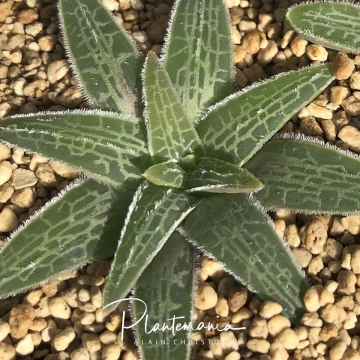 Bulbine haworthioides Photo by: © Plantemania
Bulbine haworthioides Photo by: © Plantemania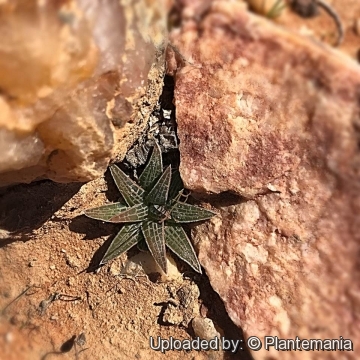 Bulbine haworthioides in habitat, South Africa. Photo by: © Plantemania
Bulbine haworthioides in habitat, South Africa. Photo by: © Plantemania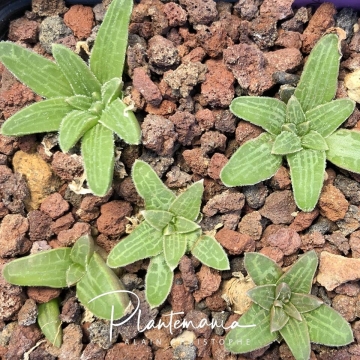 Bulbine haworthioides Photo by: © Plantemania
Bulbine haworthioides Photo by: © Plantemania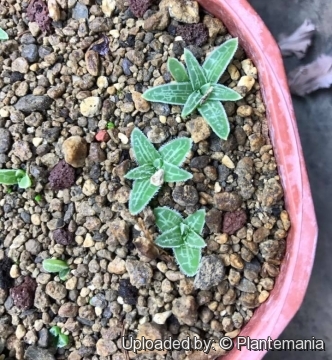 Bulbine haworthioides Photo by: © Plantemania
Bulbine haworthioides Photo by: © Plantemania Bulbine haworthioides Photo by: © Plantemania
Bulbine haworthioides Photo by: © PlantemaniaSend a photo of this plant.The gallery now contains thousands of pictures, however it is possible to do even more. We are, of course, seeking photos of species not yet shown in the gallery but not only that, we are also looking for better pictures than those already present.
Read More...














